Red Fronted Macaw Red Bellied Macaw
Ara rubrogenys Orthopsittaca manilata
Red Shouldered Macaw
Diopsittaca nobilis
The Red-fronted Macaw, also called the Red-cheeked Macaw, is a lesser known macaw. This pretty little parrot is very friendly and one of the kindest of the Macaw species. Although it was first described way back in 1847, it didn't really come to the attention of scientists until a specimen was caught in 1973. The most likely reason it didn't become common is because it's only found in one place, the small valley in Bolivia.
This is the smallest of the large Macaws. It could almost be classed as a mini Macaw as it only reaches 24" in total length. Mini Macaws can reach up to to about 22" in length, and the Red Front Macaw is just shy of that. Besides its small stature, another characteristic it has in common with the mini macaws is that its not as colored as the other large Macaws. The Red-fronted Macaw is mostly a green parrot, but with some red up front. The forehead, crown, and a patch just behind the eye are a bright red, as well as the bend of the wing. Which gives its common names Red-fronted and Red-cheeked Macaw. There are also some blue on its wings and on the tip of its tail.
The Red-bellied Macaw a mainly green medium-sized macaw about 300 grams in weight and about 18in in length including its long pointed tail. Male and female have similar external appearances, and the adults have dark-grey beaks. The cere and much of the face are covered with bare yellow skin, and the irises are dark brown. The forehead is bluish. The chin, throat and upper chest are greyish with some green, and the lower stomach is brownish-red. The underwings and undertail are yellow. The legs are dark grey. Red-bellied Macaws make reedy, high-pitched screams. They eat the fruit and seeds of palm trees. They always eat and take food back with them in these palms, and large numbers can be seen at the food sites at dawn and dusk.
The Red Shouldered Macaw Is the smallest macaw being 12–14 inches in length. It is a parrot native to the tropical lowlands, savannah, and swamplands of Venezuela, the Guianas, Bolivia, Brazil, and far south-eastern Peru. Red-shouldered Macaws are frequently bred in captivity for the pet trade, where they are sometimes described as mini-macaws. Red-shouldered Macaws are not considered to be an endangered species, but wild populations have declined locally due to habitat loss. As with most parrots, they are listed on Appendix II which makes the trade and export of wild caught birds illegal.








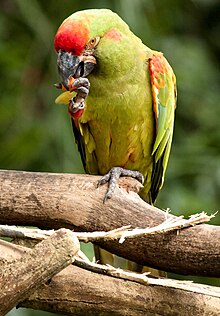


_side.jpg)



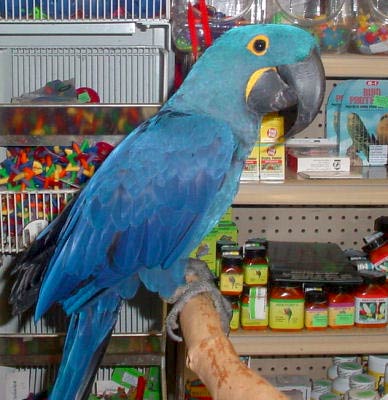
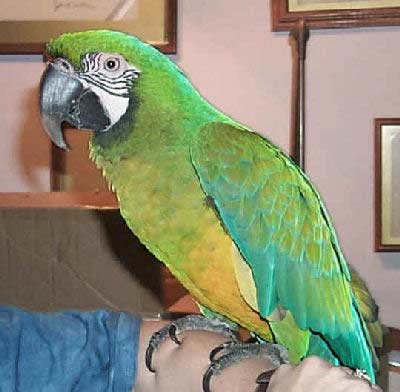

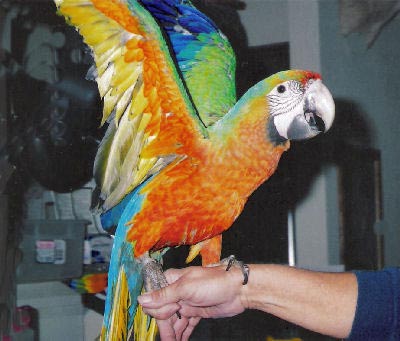





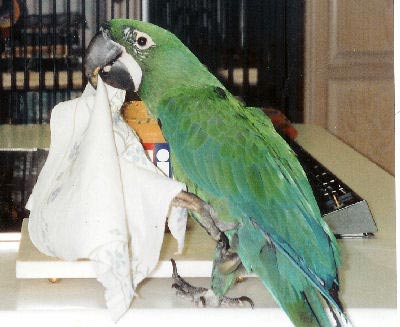




WBM_AcB177.jpg)
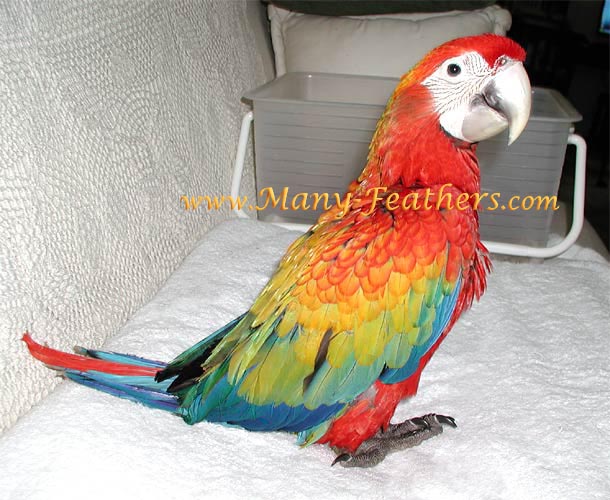
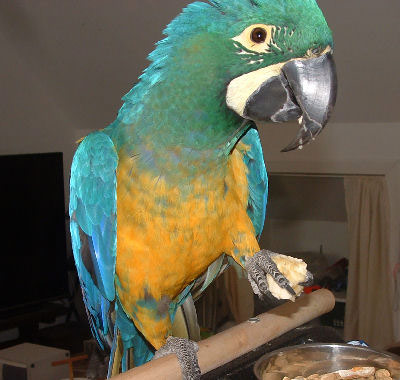 Caloshua's are a large full size Macaw.
Caloshua's are a large full size Macaw.
